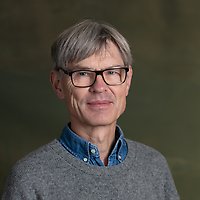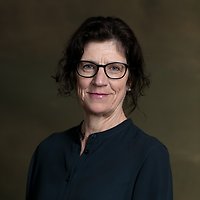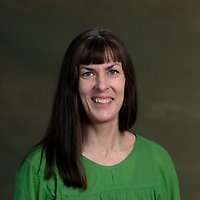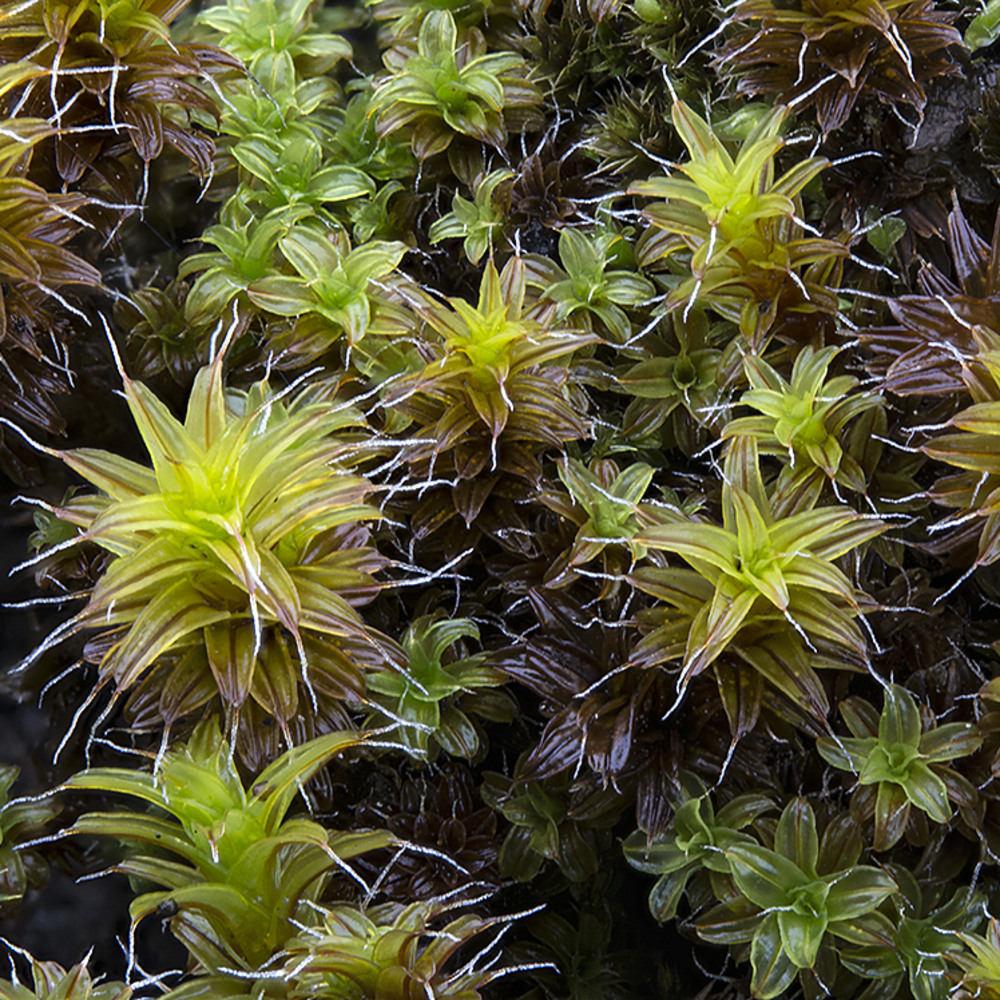Forskningsområden: Bioinformatik och genetik, Botanik
Forskningsämnen: Biodiversitet, Mossor & lavar, Sekvensering och genomforskning
Innehåll på sidan
Forskningsområden: Bioinformatik och genetik, Botanik
Forskningsämnen: Biodiversitet, Mossor & lavar, Sekvensering och genomforskning
Project overview
Project period: Running
Participating departments at the museum: Botany, Bioinformatics and Genetics
Biological diversity consists of genetic, species, and ecosystem diversity. The most fundamental diversity at the genetic level has so far not been investigated as thoroughly as the other two diversity levels. Species are artificial concepts that are necessary for our communication, whereas the genetic diversity and variation within and between morphologically defined species reveal patterns and processes that are otherwise invisible. Such patterns and processes are often critical to understand nature and for the conservation of the total biological diversity.
Project description
In this long-term project I study mainly widespread moss species, often together with colleagues at other institutions. Mostly, my focus is on Europe or Scandinavia. I investigate genetic diversity and composition with a focus on variation between closely related species, and within species between different geographical regions. Based on information on the genetic variation I explore immigration history, regional differences in genetic diversity, potential effects of climate change, the frequency of cryptic speciation, and the occurrence of hybridization or other kinds of exchange of genetic material. Presently, my focus is on patterns of colonization and reproductive biology at a Swedish regional scale, the frequency of hybridization within a species complex, and genetic variation within European moss species.
Funding
Carl Tryggers Stiftelse för Vetenskaplig Forskning External link, opens in new window.
External link, opens in new window.
Stiftelsen Anna och Gunnar Vidfelts fond för biologisk forskning  External link, opens in new window.
External link, opens in new window.
Magnus Bergvalls Stiftelse External link, opens in new window.
External link, opens in new window.
Carl Stenholms Donationsfond (Har ingen egen hemsida, men administreras av Göteborgs Botaniska Trädgård, Västra Götalandsregionen External link, opens in new window.)
External link, opens in new window.)
Riksmusei Vänner External link, opens in new window.
External link, opens in new window.
Selected publications
- Hedenäs, L. (2019). On the frequency of northern and mountain genetic variants of widespread species: essential biodiversity information in a warmer world. Botanical Journal of the Linnean Society, 191, ss. 440-474. doi:10.1093/botlinnean/boz061
 External link.
External link. - Collart, F., Hedenäs, L., Broennimann, O., Guisan, A. & Vanderpoorten, A. (2020). Intraspecific differentiation: Implications for niche and distribution modelling. Journal of Biogeography, 48, ss. 415-426. doi:10.1111/jbi.14009
 External link.
External link. - Hedenäs, L., Collart, F., Heras, P., Infante, M., Kooijman, A. & Kučera, J. (2022). Distributions and habitats of the two partly allopatric cryptic species of the vulnerable moss Hamatocaulis vernicosus (Bryophyta) in Europe. Botanical Journal of the Linnean Society, 200, ss. 233-254. doi:10.1093/botlinnean/boac011
- Hedenäs, L., Larsson, P., Cronholm, B. & Bisang, I. (2021). Evidence of horizontal gene transfer between land plant plastids has surprising conservation implications. Annals of Botany, 127, ss. 903-908. doi: 10.1093/aob/mcab021
Project members
External participants
In this project I co-operate with researchers at: Stockholms universitet, University of Lausanne, Switzerland, Conservatoire Botanique National du Massif Central, Le Bourg, Chavaniac Lafayette, France, Universidad Autónoma de Madrid, Spain; Main Botanical Garden, Moscow, Russia; A consultant in Weisskirchen, Austria; Masaryk University, Brno, Czech Republic; University of South Bohemia, České Budějovice, Czech Republic; University of Liège, Belgium; University of Amsterdam, The Netherlands.
Project manager

Projektdeltagare



